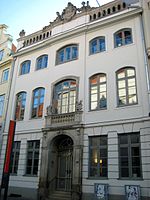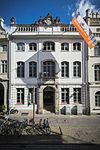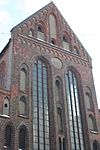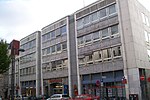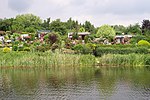Burgtor
Buildings and structures in LübeckGates in GermanyGothic architecture in GermanySchleswig-Holstein building and structure stubsTourist attractions in Schleswig-Holstein
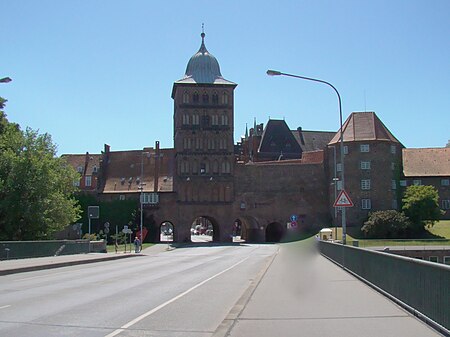
The Burgtor, built 1444 in late Gothic style, was the northern city gate of Hanseatic Lübeck, now in Germany. It is one of two towered gates remaining from the medieval fortifications, the other being the more famous Holstentor.The Baroque helmet-like roof was added in 1685.
Excerpt from the Wikipedia article Burgtor (License: CC BY-SA 3.0, Authors, Images).Burgtor
Kaiserstraße, Lübeck Innenstadt (Innenstadt)
Geographical coordinates (GPS) Address Nearby Places Show on map
Geographical coordinates (GPS)
| Latitude | Longitude |
|---|---|
| N 53.8738 ° | E 10.6912 ° |
Address
Kaiserstraße
Kaiserstraße
23552 Lübeck, Innenstadt (Innenstadt)
Schleswig-Holstein, Germany
Open on Google Maps



